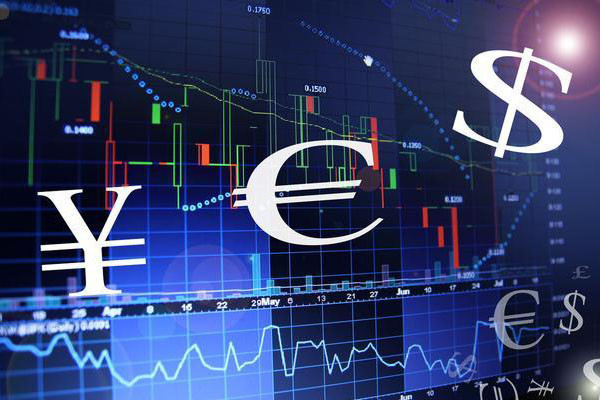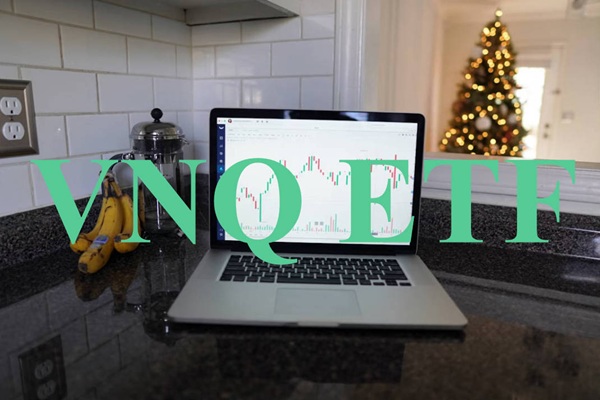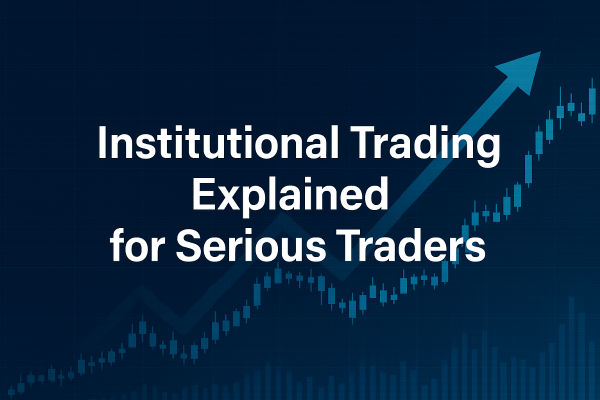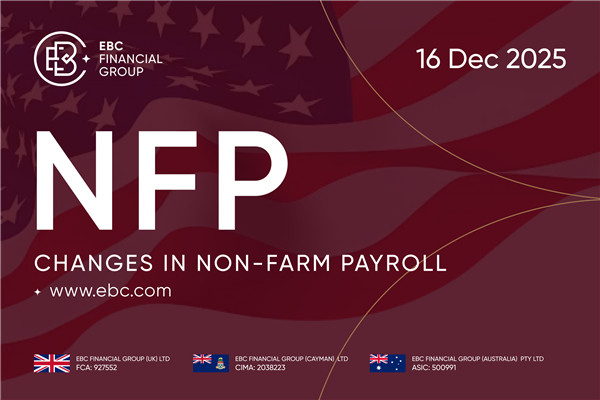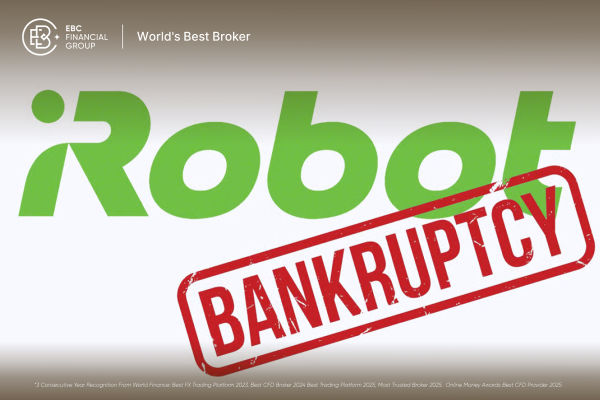Forward and reverse exchange are two concepts involved in foreign exchange
transactions used to describe the position of the base currency and quotation
currency in a currency pair.
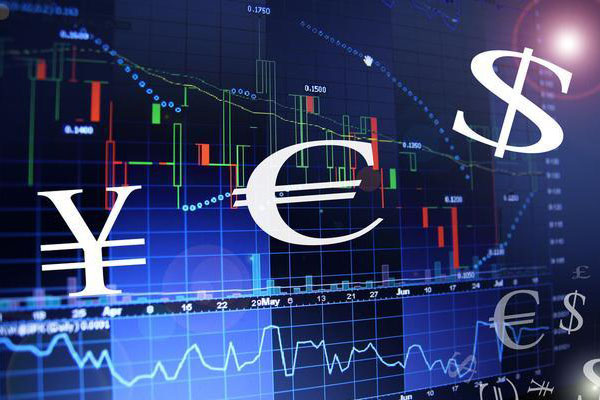
Shunhui, also known as forward trading or buy trading, refers to the trading
behavior of a trader who purchases the base currency and simultaneously sells
the quoted currency. For example, in the euro/dollar currency pair, forward
exchange trading means that traders buy euros and sell dollars. Traders believe
that the value of the base currency (euro) will rise or the value of the quoted
currency (US dollar) will fall, resulting in profits.
Reverse exchange, also known as reverse trading or sell trading, refers to
the trading behavior of a trader who sells the base currency while
simultaneously buying the quoted currency. Taking the euro/US dollar currency
pair as an example, reverse exchange trading means that traders sell euros and
buy US dollars. Traders expect the value of the base currency (Euro) to decline
or the value of the quoted currency (USD) to rise in order to gain profit
opportunities.
The choice of forward and reverse exchange usually depends on the trader's
judgment and expectations of market trends. Traders will use factors such as
technical analysis, fundamental analysis, and market sentiment to determine
market trends and accordingly choose forward or reverse trading strategies.
However, the volatility of the foreign exchange market is high, and traders
should carefully evaluate risks and use appropriate risk management tools to
control trading risks.
Both forward and reverse remittances have different characteristics and
risks.
1. Shunhui Features:
Expected uptrend: Forward traders believe that the base currency will
appreciate or the quoted currency will depreciate. They believe that buying the
base currency and selling the quoted currency can earn a profit.
Long-term investment: Forward exchange trading is usually for long-term
investment and holding, and investors expect the price of currency pairs to rise
in the future to obtain higher returns.
Economic growth: Forward traders often apply forward trading to countries or
regions with better economic growth, as these regions typically have higher
interest rates and profit potential.
2. Characteristics of reverse exchange:
Expected decline: Reverse currency traders expect the base currency to
depreciate or the quoted currency to appreciate. They profit by selling the base
currency and buying the quoted currency.
Short-term operation: Reverse exchange traders often engage in short-term
trading, hoping to quickly enter and exit the market during exchange rate
fluctuations in order to obtain profits under small market volatility.
Risk hedging: Reverse exchange transactions can be used to hedge risks. For
example, companies use reverse exchange transactions to hedge Foreign exchange
risk in their own businesses.
Whether it is forward or reverse exchange trading, traders need to have good
market analysis and risk management skills. They should closely monitor economic
data, policy changes, and market sentiment to more accurately assess market
trends and adopt appropriate trading strategies to achieve investment goals.
